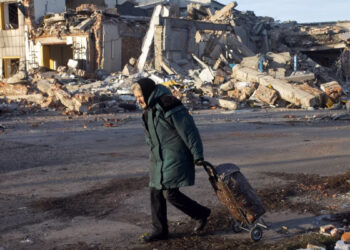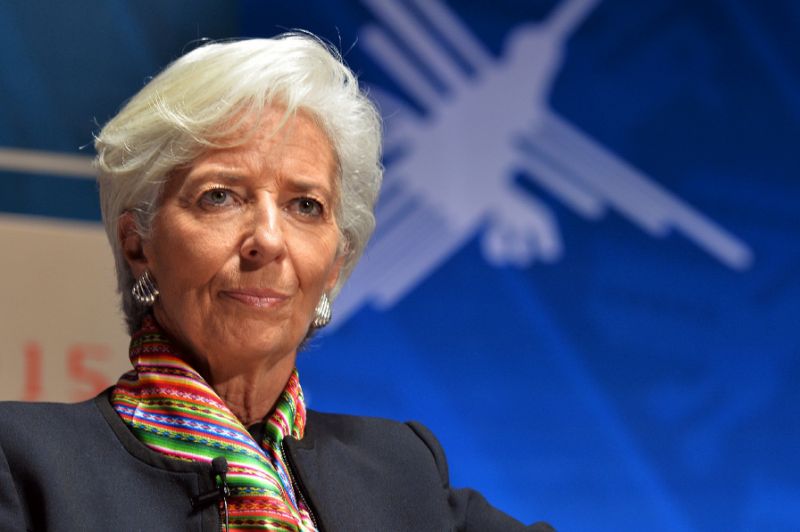Gender inequality in the film industry is a particularly sensitive issue all over the world. Against this background, an amazing case can be found in Ukraine, where women are playing a very substantial role in the unprecedented rise of local cinemas.
Underrepresentation of women in creative positions in Hollywood is well-known and even has its own term: the “celluloid ceiling.” For example, in 2017, women comprised only 16 percent of all directors, writers, producers, executive producers, editors, and cinematographers working on the top 100 grossing films in the U.S. This is virtually unchanged from the percentage achieved 20 years ago.
When talking solely about directors, women accounted for only 8 percent of them. In terms of cinematographers, the proportion of women is practically invisible.
The American director Kathryn Bigelow is the first and only woman ever to win the Oscar for Best Director, that she got for the directing The Hurt Locker in 2009. Only one woman has ever managed to win a Golden Globe for directing: Barbra Streisand in 1983.
As actress Emma Watson once said: “I have experienced sexism in that I have been directed by male directors 17 times and only twice by women.” The report Inequality in 900 Popular Films by the Media, Diversity & Social Change Initiative confirms this math: out of 1,006 directors hired for the 900 films between 2007 to 2016 studied, just 4.1 percent was female. Less than one-third of speaking characters on screen were girls or women.
The same is sadly true for Western Europe. For instance, a report on gender equality issued by the European Women’s Audiovisual Network reveals that across the seven surveyed European countries of Austria, Croatia, France, Germany, Italy, Sweden, and the U.K., 84 percent of funding resources went to male-directed films between 2006 and 2013. Moreover, there is a significant discrepancy in the number of women graduating from film schools and the proportion of female directors working in the industry.
Ukraine Sets Positive Example
Now compare this to Ukraine’s figures: among the films chosen by the Ukrainian State Film Agency to receive funding in 2016, women comprised a quarter of all directors. The number of women among experts of the Ukrainian Film Academy is even higher: 33 percent.
Since 2017, Ukraine has had its very own Oscars: the Golden Dziga Awards, referring to the legendary Ukrainian documentary film director Dziga Vertov. Among the short-list candidates of the Golden Dziga Awards, women comprise a hefty part and received awards in traditionally male-dominated categories as the Best Screenplay (both in 2017 and 2018) and Best Music Score. The 2017 Best Picture Award was given to The Nest of the Turtledove, a movie revolving around the fate of a woman.
So, how are Ukraine’s women breaking the trend of male domination in the film industry? Experts have said that this could be because the Ukrainian movie industry virtually restarted from scratch, after two decades of stagnation.
Just imagine: in 2017, there were eight times more Ukraine-made films released than in 2006, when the Ukrainian economy was on the rise.
An important point is also that, despite foreign aggression and economic turmoil, Ukraine has a vibrant and active civil society. Cinemas here play a key part in forging Ukraine’s new, progressive, and independent identity and it is the women who are leading this national cinematic renaissance.
Disclaimer: The views and opinions expressed here are those of the author and do not necessarily reflect the editorial position of The Globe Post.



















